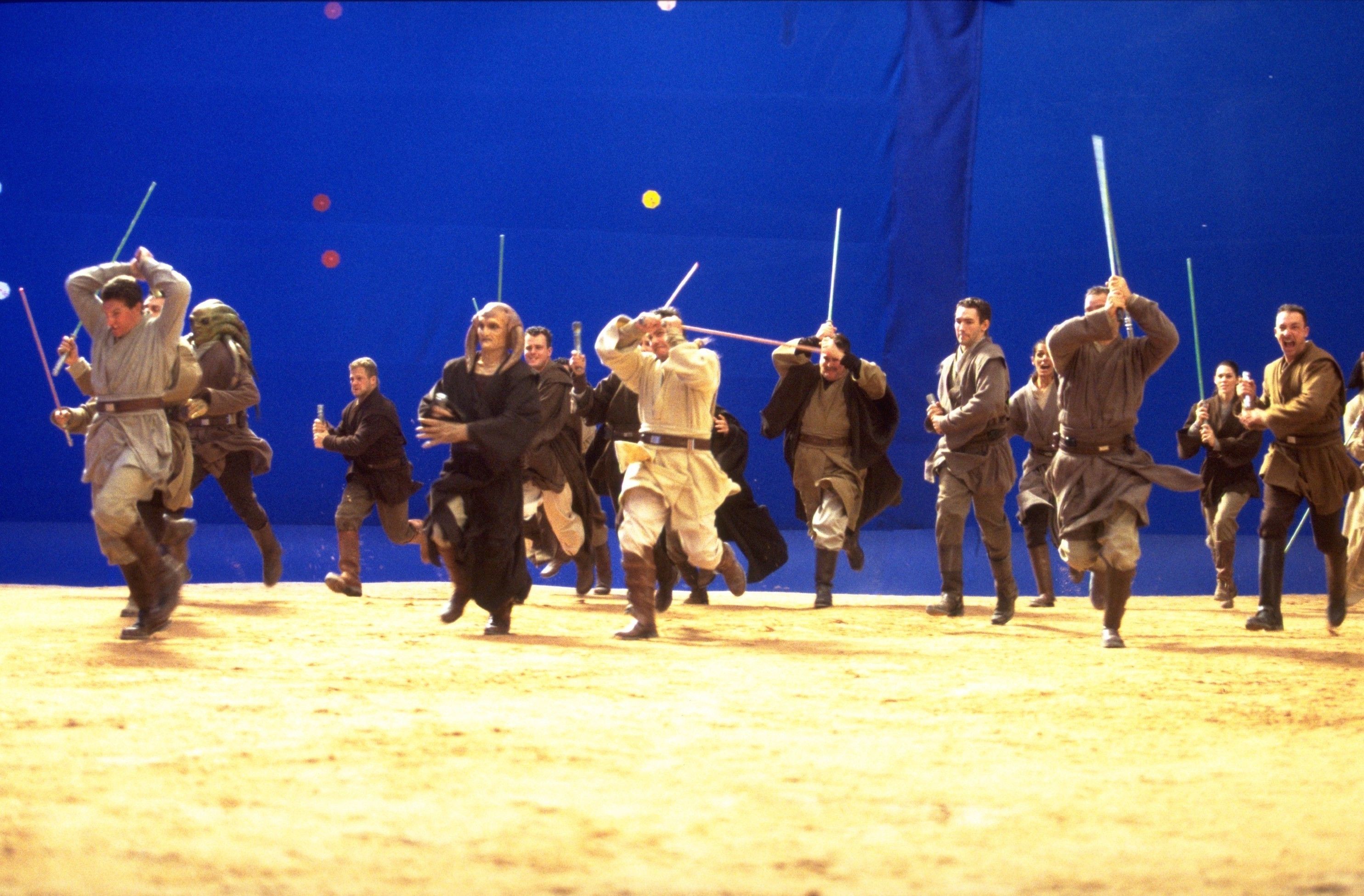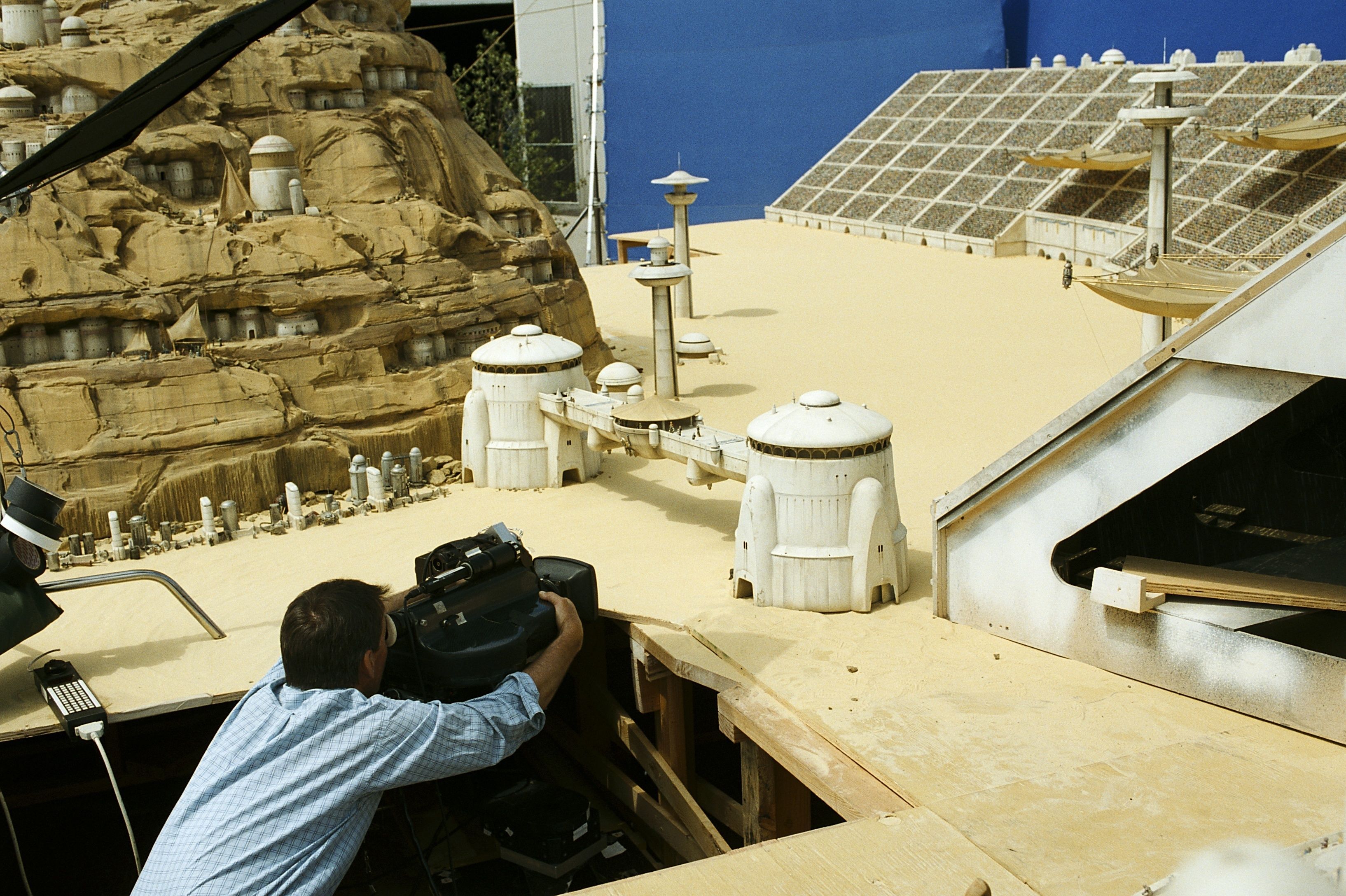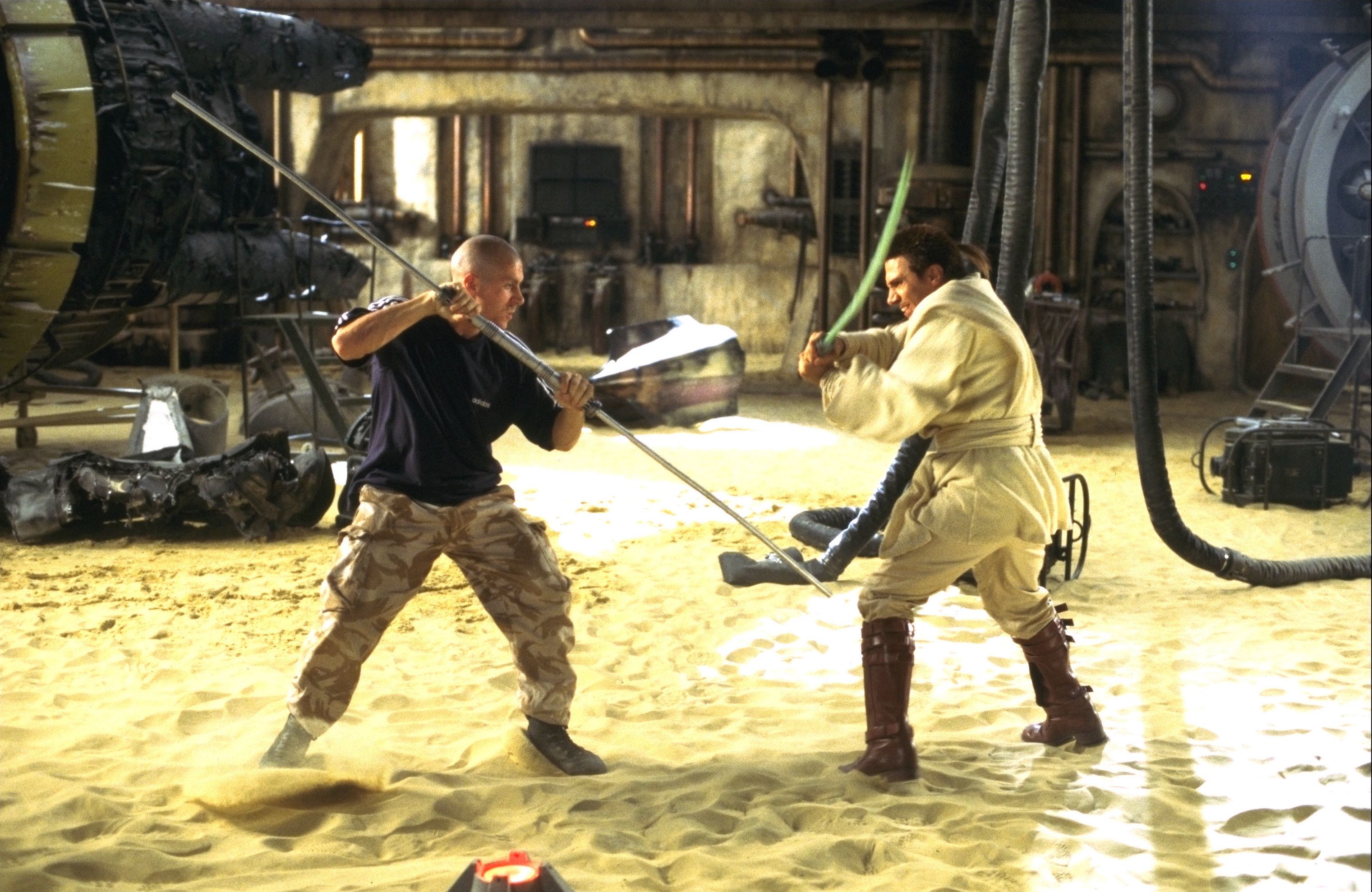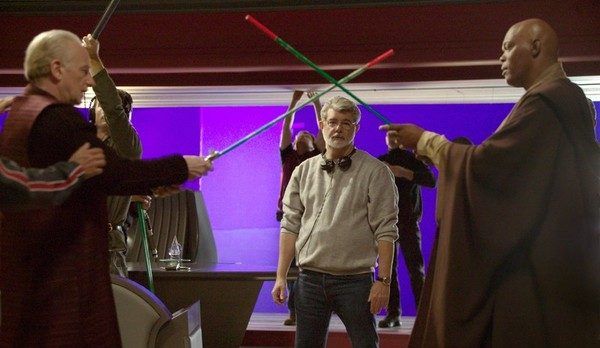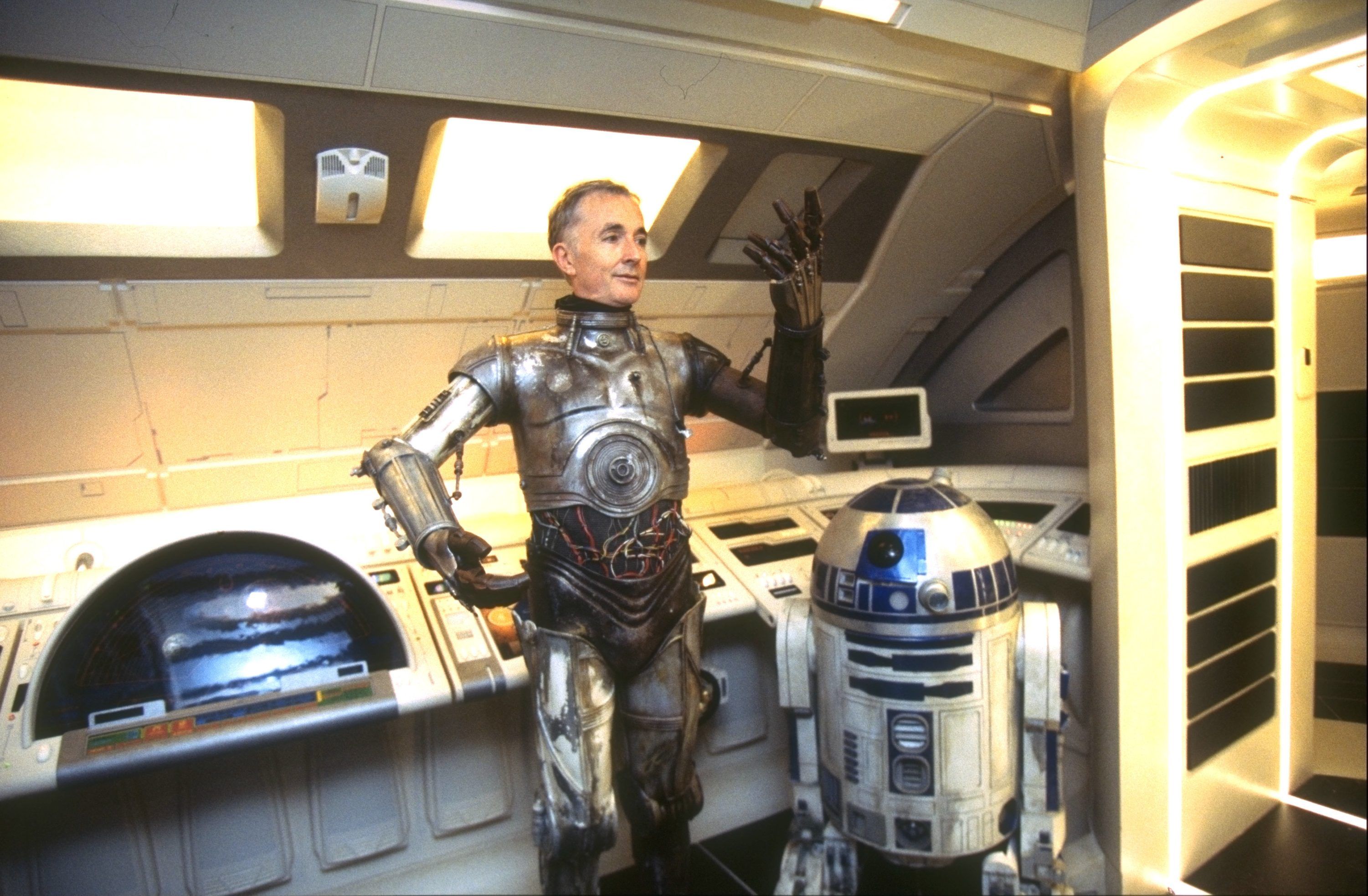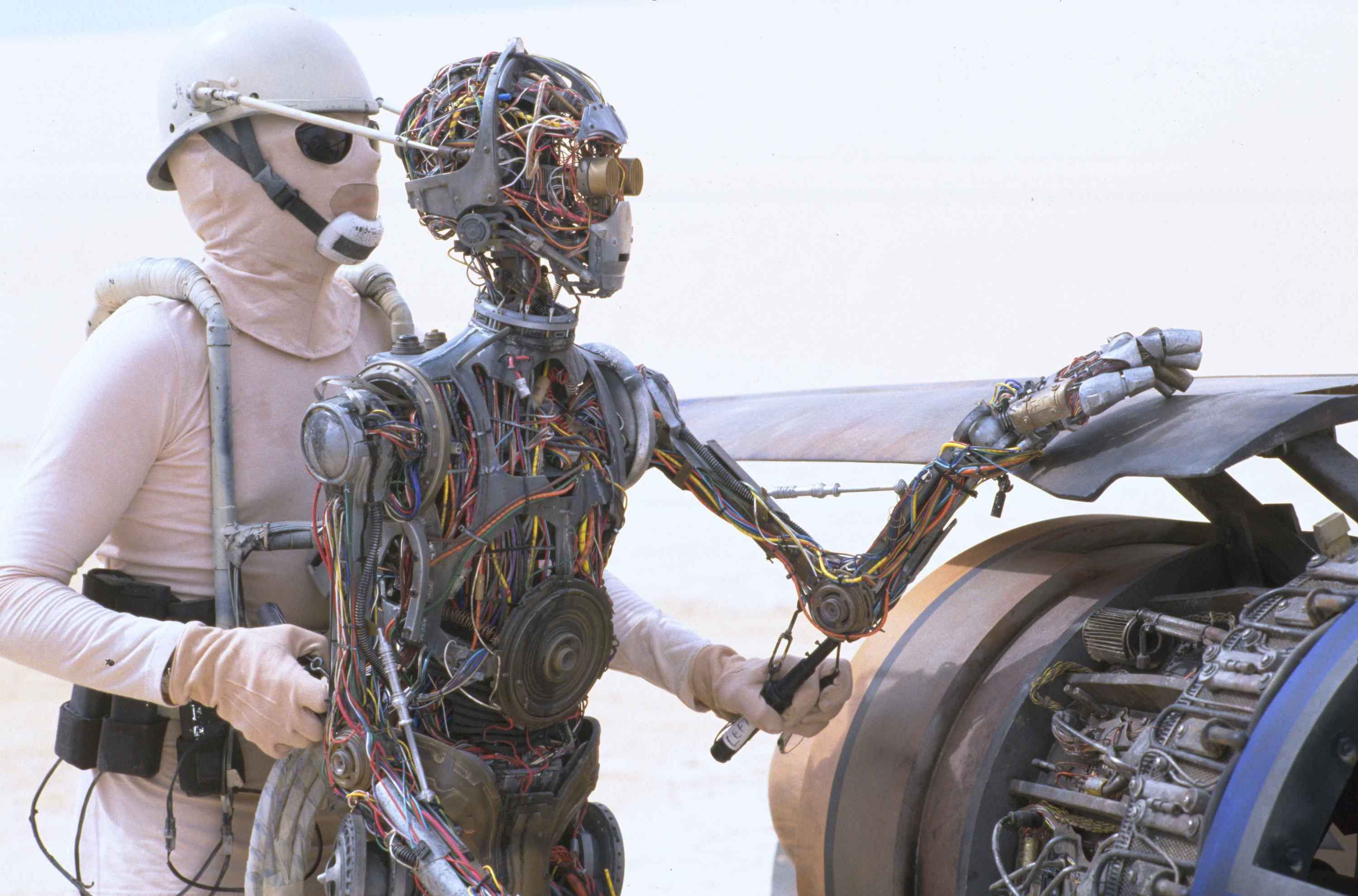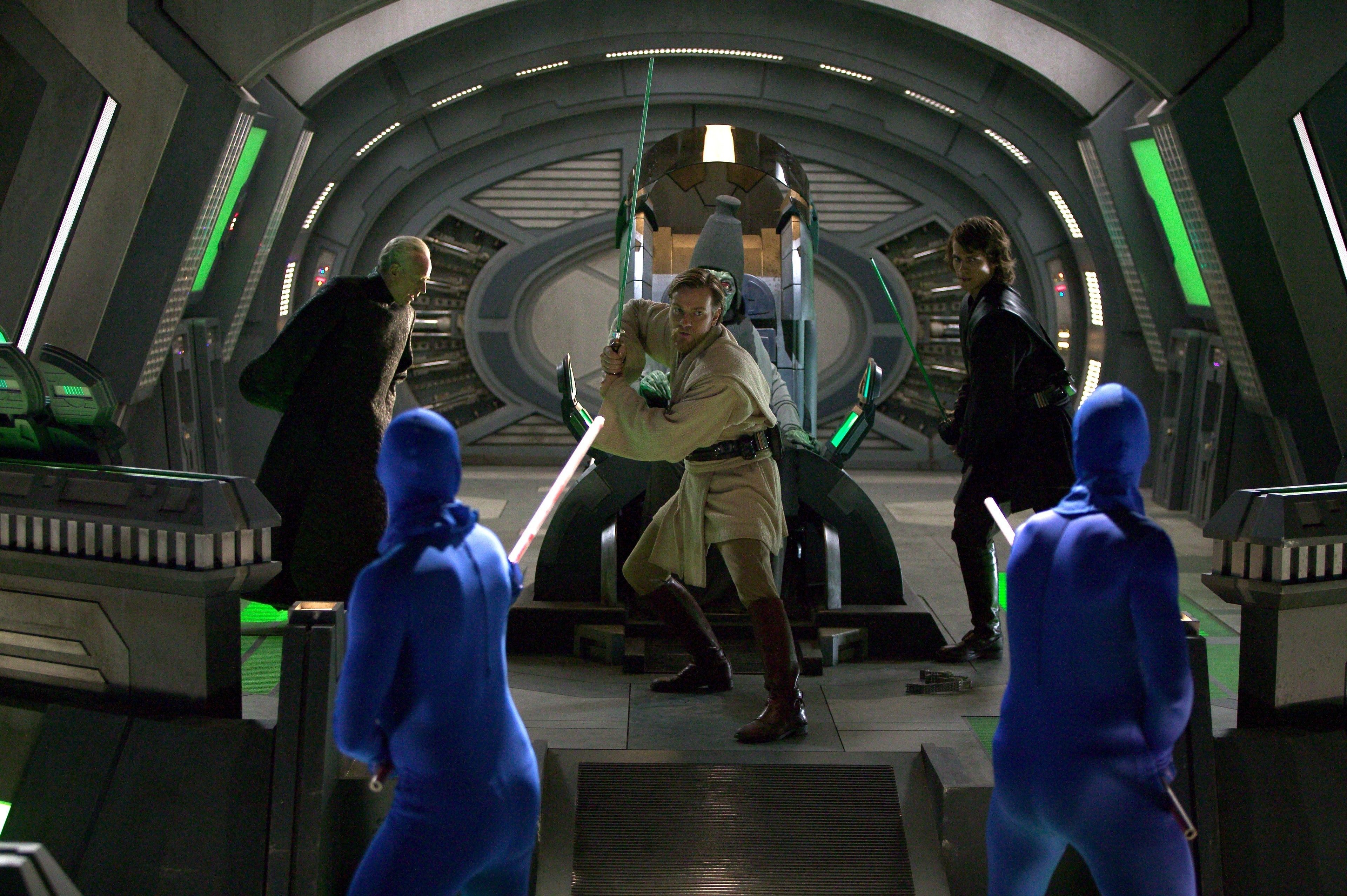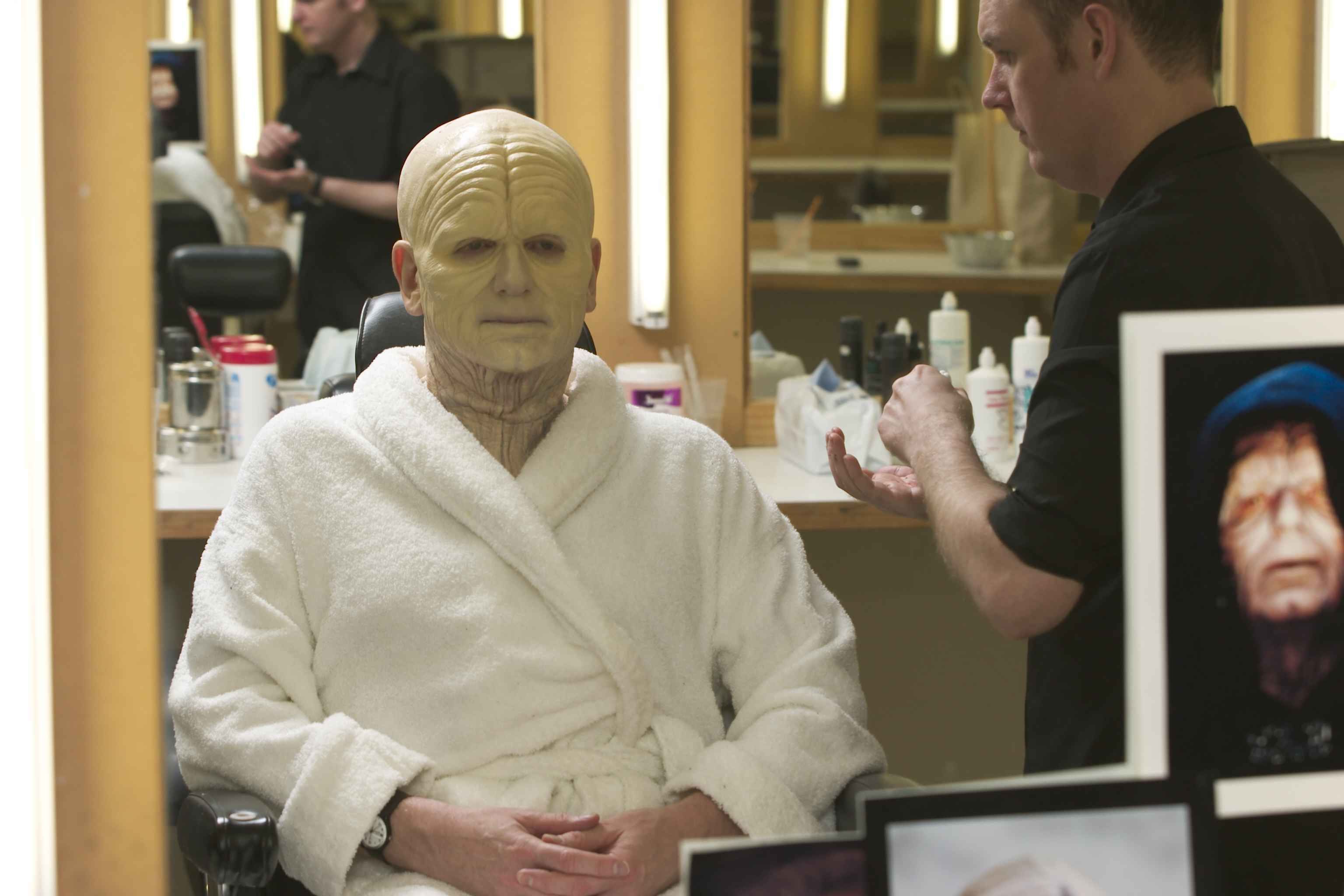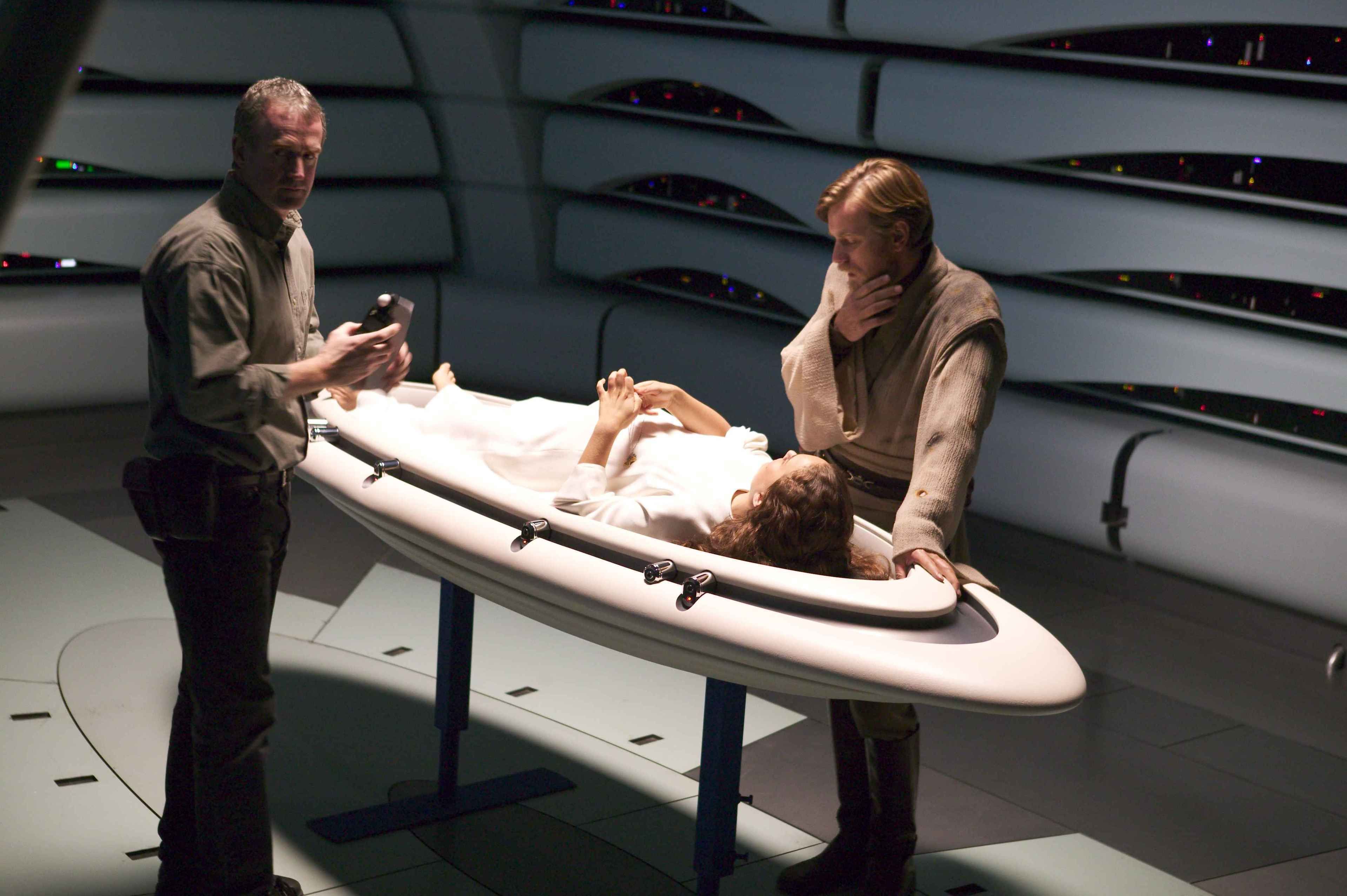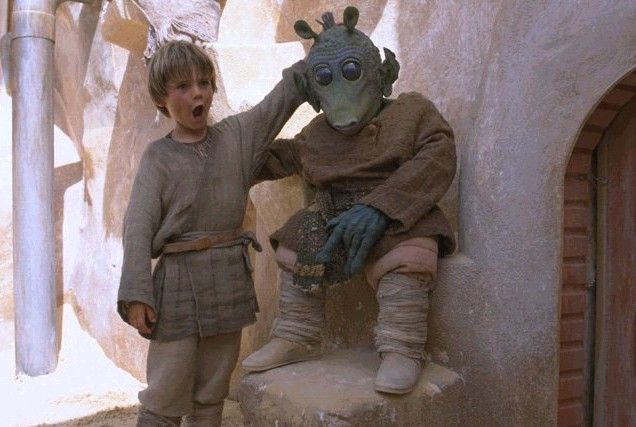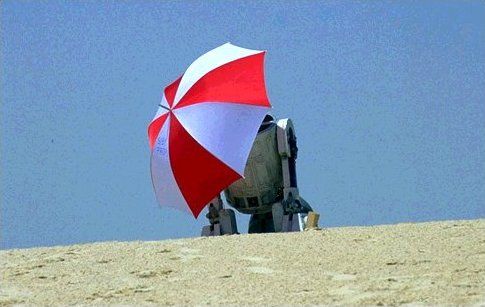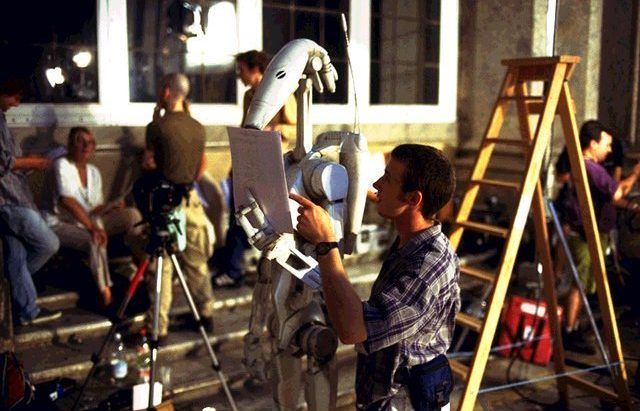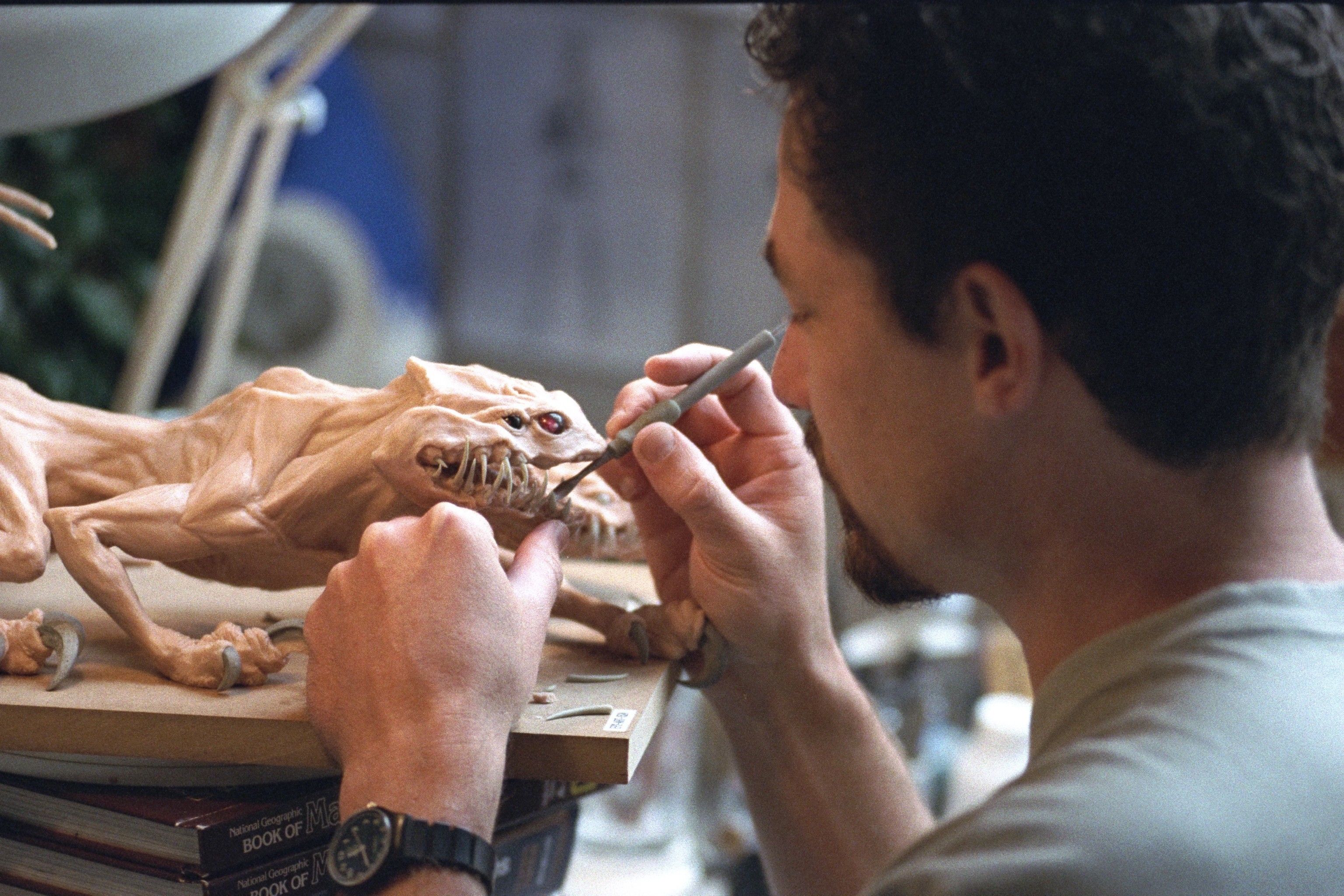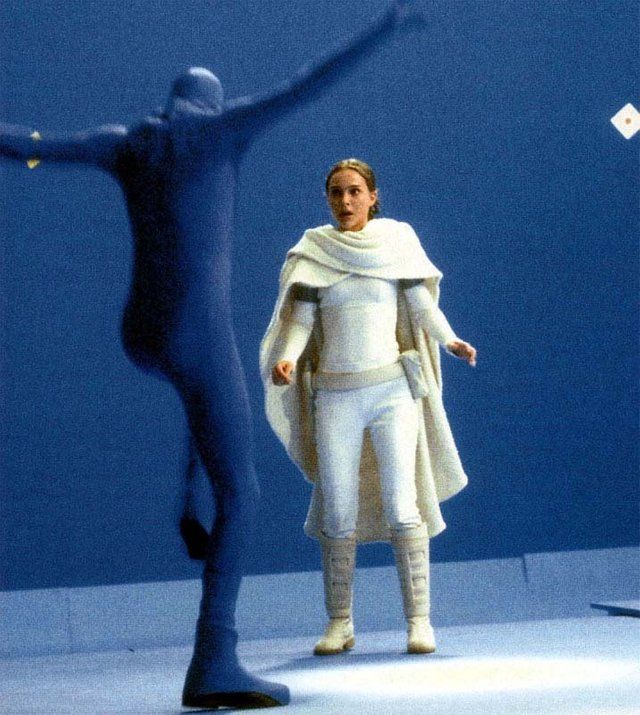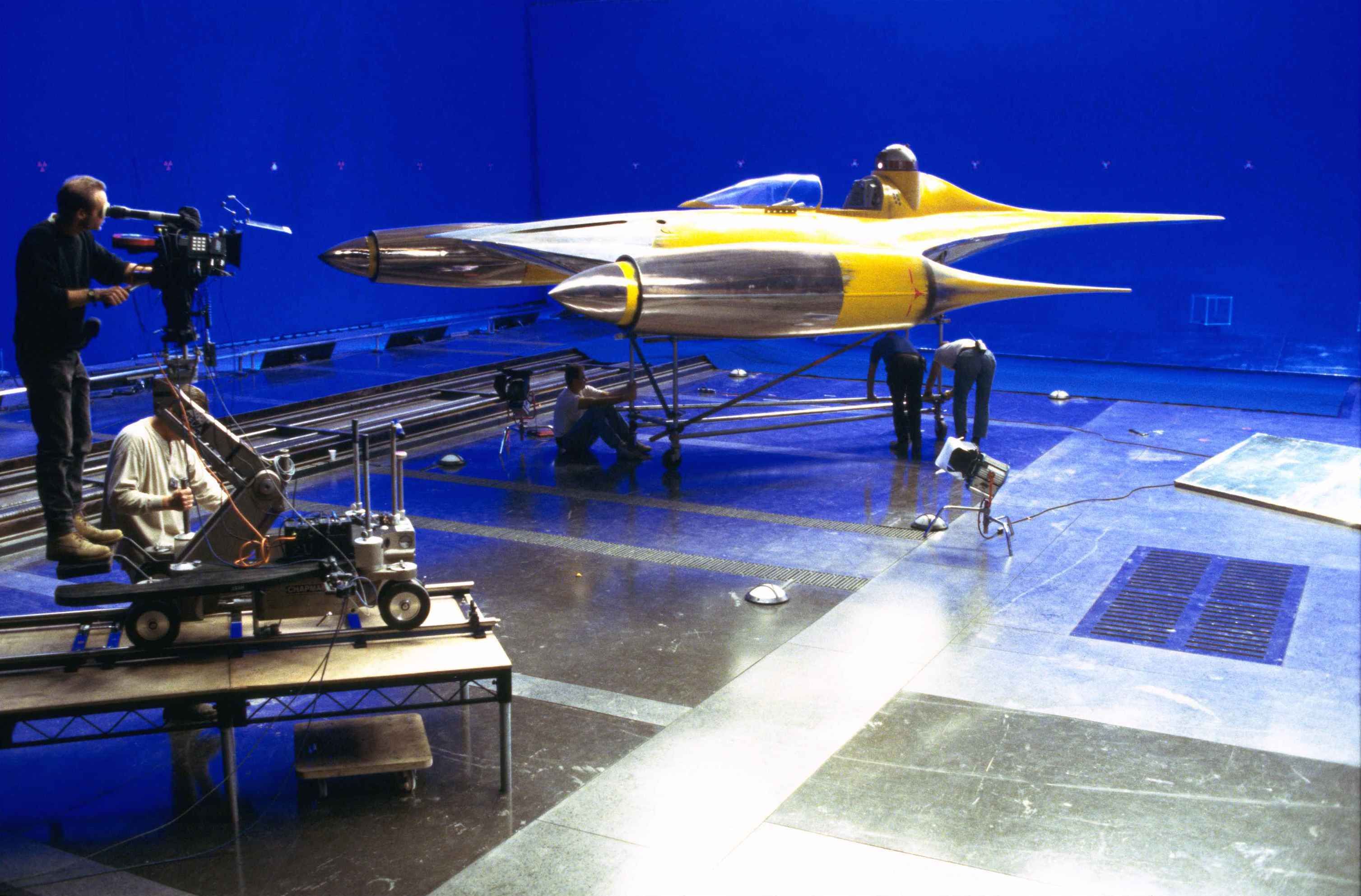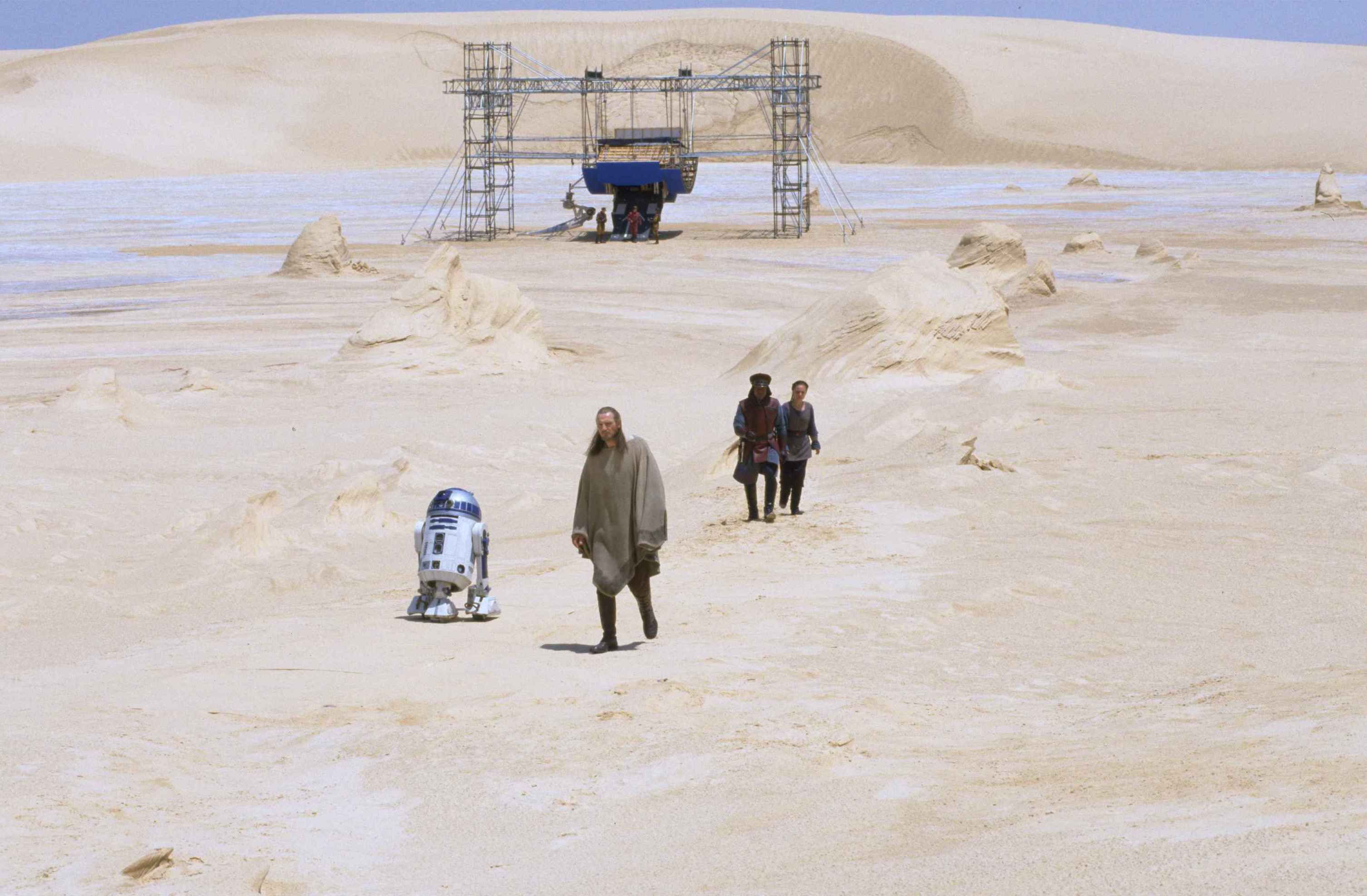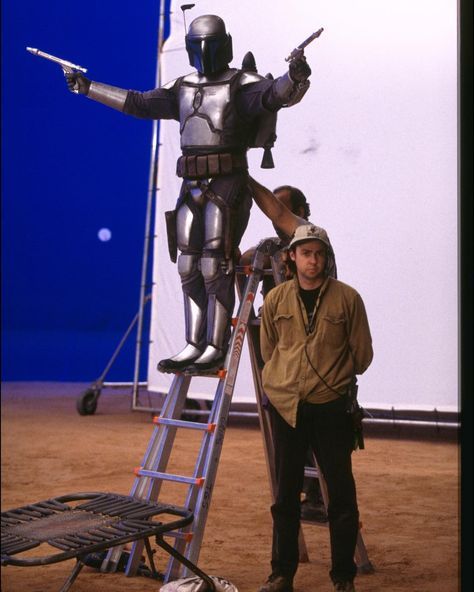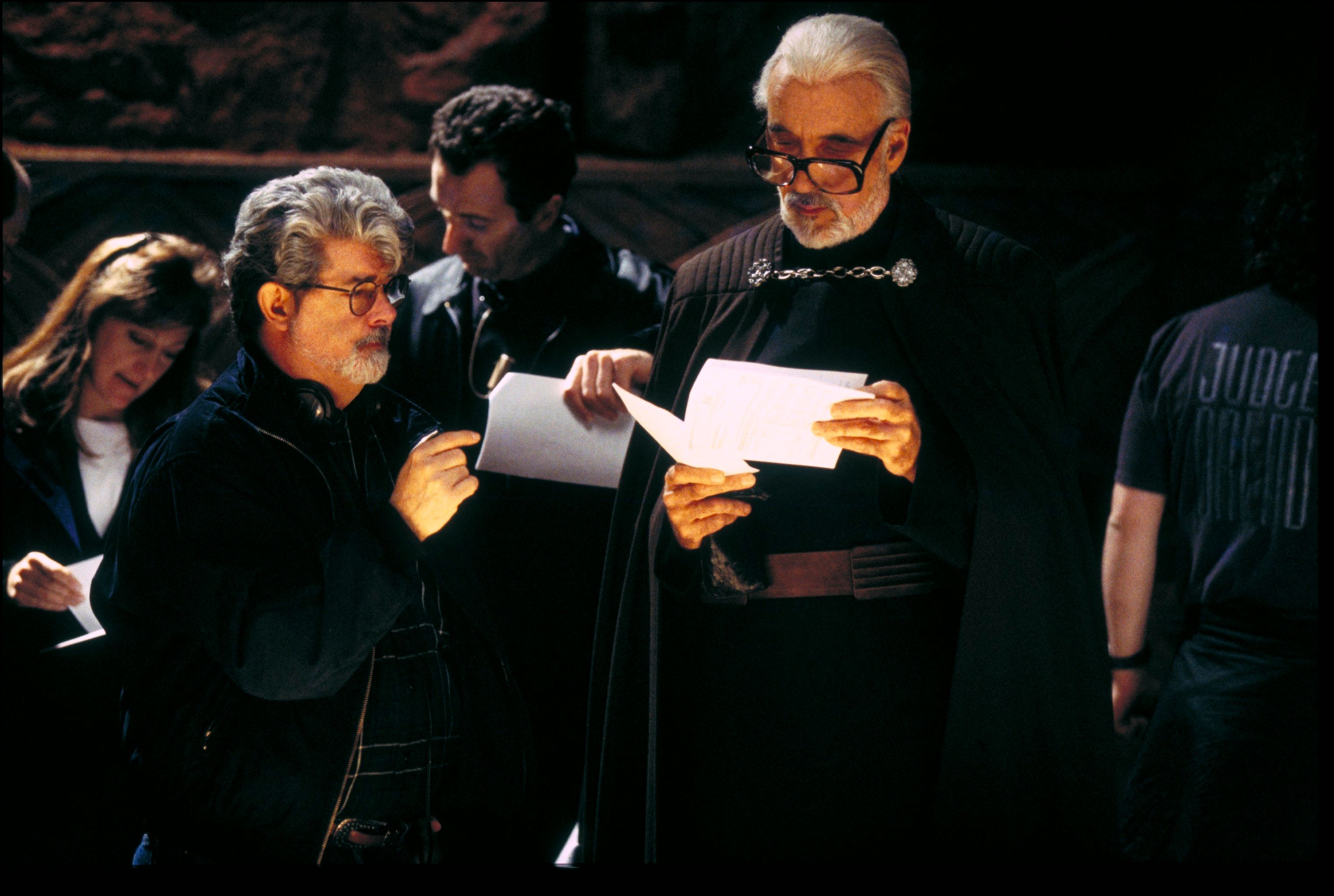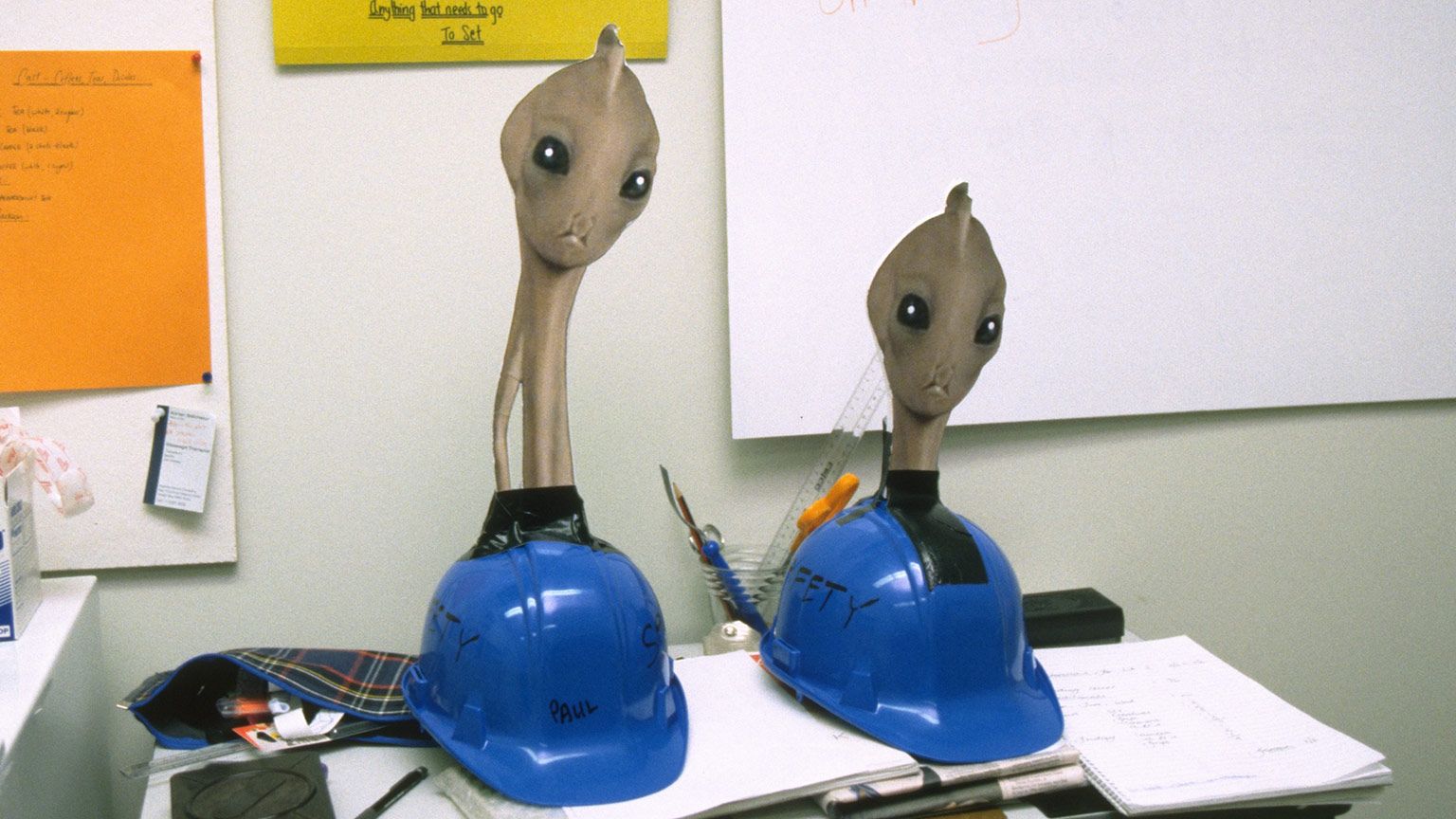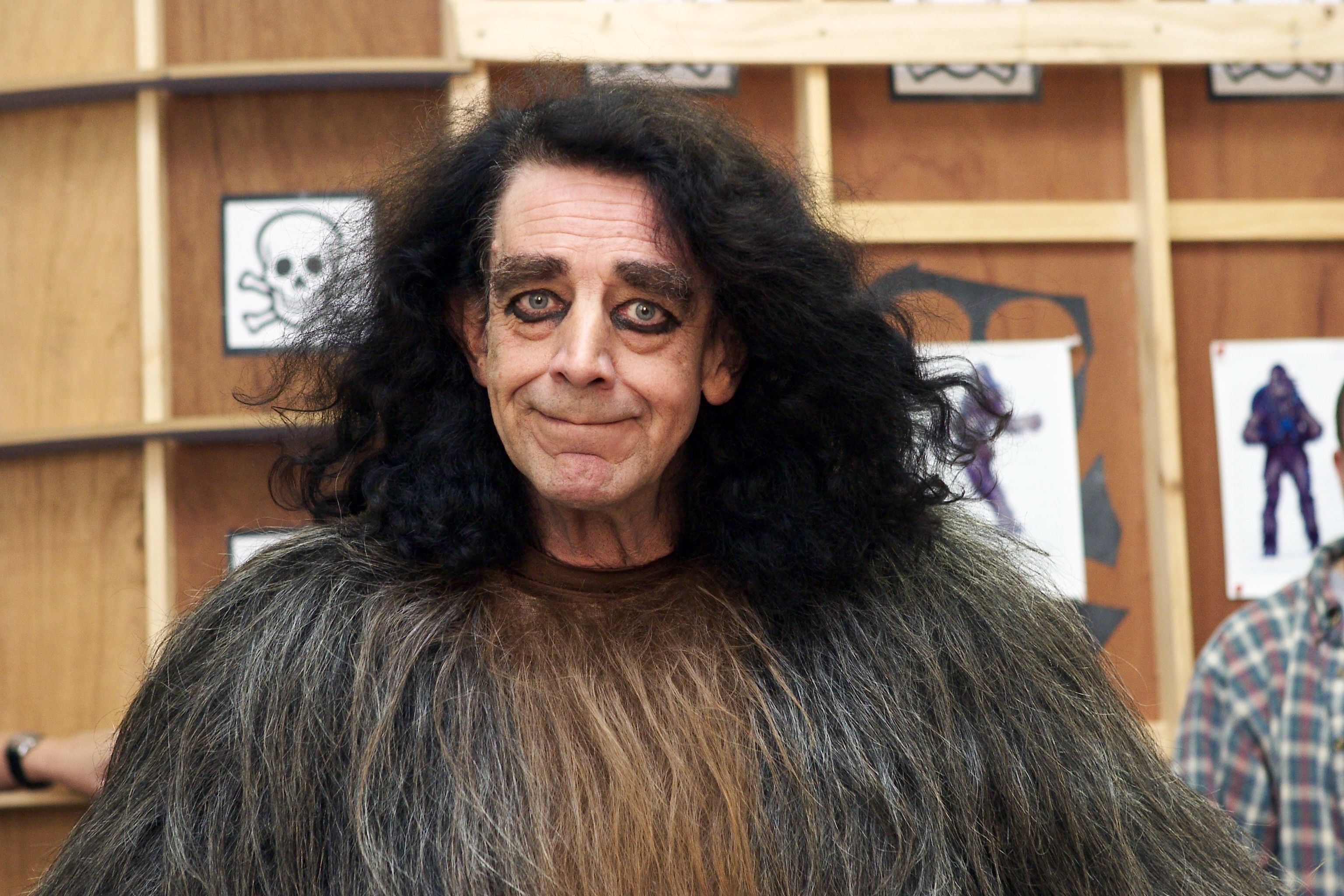The original Star Wars trilogy broke box office records and became an icon of science-fiction. The creative team pioneered some truly innovative filmmaking techniques, turning Star Wars into one of the most recognizable and enduring franchises in pop culture. Lucasfilm sought to duplicate that success with the prequel trilogy, but all three movies turned out to be polarizing among fans, to say the least.
According to Gary Kurtz, the producer of Episodes IV and V, plans for a prequel trilogy were already in motion when developing A New Hope and Empire Strikes Back. George Lucas himself revealed that he had nine movies in the works, but ultimately had to delay production until the '90s. Instead of simply using prequels to set the stage for Luke, Lucas used the new movies to further expand the Star Wars universe and explore parallel themes.
Set 32 years before the original Star Wars, the prequels follow young Anakin Skywalker as he struggles to find balance between the light and dark sides of the Force, ultimately joining the Sith Order and becoming Darth Vader. The movies make plenty of references to the original movies, including incorporating multiple well-known characters like Obi-Wan Kenobi while introducing new elements. Regardless of your opinion on the prequel trilogy, these photos are sure to change your perception of the movies, for better or for worse. There aren’t really any spoilers below, unless you’re super unfamiliar with the prequels.
Here are 21 Behind-The-Scenes Photos That Completely Change The Star Wars Prequels.
Miniature Tatooine
The prequels got a good amount of flak for its use of CGI, but in reality, the creative team actually utilized quite a lot of practical effects. The Podrace sequence on Tatooine also got quite a bit of blowback for its poor timing and disruption of the flow, but you have to admit, this miniature of the Mos Espa Grand Arena is pretty epic.
The crowds in the stands were actually made of thousands upon thousands of dyed Q-tips for wide shots of the spectators. When the cameras were rolling, fans underneath the “seats” would start blowing air to give the illusion of movement. Sure, the final cut of the scene was a tad cheesy thanks to the writing, but you have to applaud the ingenuity.
Bendy Prop Lightsabers
On movie sets, the stunt team alternates between fake, bendy weapons to prevent injuries and more realistic ones to get a convincing impact on screen. Star Wars is no exception, and as much as we hate to burst your bubble, high-tech laser swords don’t actually exist in real life (yet).
Since the team couldn’t get their hands on some real kyber crystals, they settled for props like this green lightsaber that’s bending from the force of the swing. Of course, the props are nowhere as flashy or glamorous as their in-universe counterparts, but given the alarming rate at which trained Force users lose their limbs while wielding lightsabers, it’s probably for the best that the weapons don’t exist in our galaxy.
Mace Windu's Not-So-Purple Lightsaber
Before the prequels came out, Star Wars fans everywhere pretty much assumed there were only three lightsaber colors: green and blue for the Jedi, and red for the Sith. As it turns out, they’re fully customizable and available in a wide array of colors, including white for Ahsoka Tano and the black Mandalorian Darksaber. The prequels introduced audiences to Mace Windu’s purple lightsaber. The color was incorporated at Samuel L. Jackson’s request, since he prefers to have at least one prop on set in purple.
BSince the iconic lightsaber glow was added in post-production, the prop that Jackson is using in this photo is actually blue, green, and red rather than a vibrant violet.
Anthony Daniels Back As C-3PO
The prequels are full of references to the original trilogy, tying together loose ends so Luke can embark on his journey as smoothly as possible. Along with Aunt Beru and Uncle Owen, C-3PO also made an appearance.
Threepio first appears in the prequels as a half-finished droid created by little Anakin, and is still missing his signature gold shell. As such, Daniels wasn’t actually physically playing the anxious protocol droid. Instead, he simply provided the voice as the poor droid gets reluctantly roped into the first of many adventures. Daniels would later on don the gold suit once more for Episodes II and III, when Threepio is finally finished, complete with total fluency in seven million forms of communication.
Japanese Bunraku Puppetry
The Star Wars franchise draws heavily upon Japanese jidaigeki, or period dramas. Even the word “Jedi” is derived from the term, and the fashion in the galaxy far, far away have some clearly Asian influences. That said, the visual elements aren’t the only aspects that have been influenced by Asian art.
Since nobody could hide under C-3PO’s suit for the filming of The Phantom Menace, puppeteers had to manipulate the droid while Daniels voiced him. The technique they used was Bunraku, a traditional style of Japanese puppetry that began in Osaka in the 17th century. The puppeteers were then digitally erased from the final footage, leaving just Threepio, his exposed wires, and his bulging photoreceptors.
Obi-Wan, Anakin, And Grievous's MagnaGuards
In an unfinished episode of the TV show The Clone Wars, Garri describes a “big scary [droid] with low voice and red eyes.” Obi-Wan quickly concludes that it was a MagnaGuard, one of General Grievous’s favorite battle droids. When they appear in the prequel movies, they certainly look menacing. Behind the scenes, though, not so much.
Obi-Wan and Anakin find themselves fighting some of Grievous’s body guards, which are known for defeating Jedi. Yet in reality, stunt performers wore tight blue suits in order to facilitate the CGI that was later used to render the droids. Say what you will about the acting in the prequels, but kudos are due to the cast for being able to keep their cool in the face of such funny-looking foes.
Spa Night With Palpatine
Palpatine tempts Anakin to the dark side by recounting the tragedy of Darth Plagueis the wise, who was so skilled with the Force that he could prevent mortality. Despite the supposed power of immortality of the dark side, it looks like they don’t have the secret to eternal youth perfected yet. In fact, Palpatine’s physical appearance actually changes drastically after he reveals himself as a Sith.
In this behind-the-scenes photo, Ian McDiarmid is getting transformed into post-Sith-reveal Palpatine, aka Darth Sidious. He’s wearing a fluffy white bathrobe, which makes it seem like Palpatine is waiting for a much-needed facial as he plots the downfall of the Jedi. We’re no experts in the Force, but maybe the secret to eternal youth is in the Midi-chlorians.
Padme lives?!
Padmé doesn’t appear in the original trilogies, so in order to explain her absence, Lucasfilm has her perish in childbirth. The reason? She simply loses the will to live and passes away from a broken heart right after giving birth to twins. Fans were understandably upset at the lackluster explanation. After all, it isn’t the most fitting end for such a headstrong, intelligent character.
Here, Natalie Portman and Ewan McGregor chat in-between takes as Padmé lies on the delivery table, giving audiences a glimpse at what might have been. Maybe she could’ve raised Luke and Leia with Obi-Wan instead of Anakin, who literally tries to end her life just moments before on Mustafar.
Jake Lloyd Having Fun On Set
The intense backlash against The Last Jedi included vitriolic comments targeted towards the actors and the creative team as a whole, perhaps most notably driving Kelly Marie Tran off of social media. Sadly, that wasn’t the only instance of targeted harassment in Star Wars.
Ahmed Best (Jar-Jar) and Jake Lloyd (Anakin) have both received backlash for their performances in the prequels. This photo of Lloyd fooling around on set with a Rodian drives home the fact that he was just a ten-year-old kid when making The Phantom Menace. He seems to be having a good time on set in the photo, but has since sworn off of the franchise, even destroying all of his Star Wars memorabilia.
R2-D2 Needs Sun Protection, Too
Obviously, the umbrella in the photo is to protect Kenny Baker from that relentless Tunisian sun, but the angle of the shot makes it look like R2-D2 is getting some much needed sun protection as well.
It’s incredible that Artoo could even roll across the sands of Tattooine with such ease, even though he is— let’s face it— essentially a futuristic trash can on wheels (in the best way possible). Add to that the fact that he’s magically compatible with every computer across the galaxy, this picture almost humanizes him a little bit. Sure, he can unlock every door imaginable and even has rockets at one point, but he still needs to protect all that delicate machinery with a red and white umbrella.
Battle Droid Reading A Call sheet
The prequel trilogy introduced many new droids, including the B1 battle droids utilized by the Trade Federation. Just as Stormtroopers have notoriously bad aim, these battle droids are ridiculously easy to destroy, so the Federation had to rely on producing large numbers of them in order for them to be effective. Scenes with giant droid armies were largely rendered with CG, but practical props were also built. The crew would also mess with the life-sized models.
Here a battle droid is trying to read the call sheet with the help of floor runner Nathan Holmes. Since the battle droids aren’t particularly sophisticated, Holmes must’ve had a lot of patience to help out the poor confused droid.
Sculpting The "Bad Kitty" Model
The prequels have been criticized for its excessive use of CGI, but you do have to acknowledge the creative team’s eye for innovation. For example, Yoda was the first entirely CG character to be created.
Maquettes had to be sculpted for each creature, including the nexu that appears in the Petranaki arena on Geonosis. Given the large size of the nexu— and most of the other creatures in Star Wars— the team had to scale everything down yet maintain a high level of detail. The animation crew at Industrial Light & Magic actually gave the nexu “Bad Kitty” as a nickname during the process, a name that can also be seen on Obi-Wan’s gunship in The Clone Wars TV show.
Padmé At The Droid Factory
As with all of her royal Naboo predecessors, Padmé has a truly lavish wardrobe complete with traditional makeup and elaborate accessories. However, for missions, she wears sleek, practical outfits instead, including during her mission with Anakin to save Obi-Wan. The pair find a droid factory on Geonosis, and are captured.
Behind the scenes, though, it looks like the bulk of the sequence was CG, including the winged alien guards that attack Padmé and Anakin. Cue even more stunt performers in blue suits, and Natalie Portman reacting as though it was the most frightening thing she’d ever seen. Maybe more practical sets would’ve helped the performances, but then we would’ve missed out on gems like this.
The Naboo Starfighter Was Full-Sized
Miniatures were used on set to emulate large settings and prepare for intricate CGI, but life-sized starships were made to accommodate the actors when needed. Set against a blue screen, the full-sized props can literally transport the pilots anywhere— just look at the number of memes featuring Obi-Wan chilling and dancing in his starfighter against every backdrop imaginable.
Here’s a Naboo N-1 starfighter on the set of The Phantom Menace, complete with an astromech droid sitting in the back ready to assist the pilot. Naboo starfighters might bring back unpleasant images of young Anakin’s awkward one-liners, so maybe you’ll be happy to know that there was also a giant prop of Obi-Wan’s Delta-7 Jedi Interceptor.
...But The Naboo Royal Starship Wasn't
While some smaller starships were practical props that actors could interact with, other larger galactic vehicles were only partially constructed, like the Naboo Royal Starship. Padmé uses it to escape from the occupation of Naboo by the Trade Federation, and the crew lands it on Tatooine for repairs, leading to Padmé and Anakin’s fateful meeting.
The starship is officially 76 meters long, or over 249 feet, so instead of building a giant ship, only the ramp was constructed on set in Tunisia. It would’ve been quite a sight to have a full starship though— it doesn’t have offensive weaponry, but its polished and sleek design with a stunning silver finish would’ve been epic in real life.
Jango Gymnastics
Boba Fett’s popularity has surprised many, given how little screen time he gets in the original movies. Perhaps it’s his quiet demeanor that has captured the imagination of countless fans. He even makes a comeback as a young clone child in the prequels, accompanied by his father, Jango Fett. Jango had requested a single unmodified clone in return for providing his DNA, and raised Boba as his own son.
We’re sad to inform you that no, those rocket propellers aren’t actually functional, hence the ladder and little trampoline in the photo. That being said, Jango still looks sufficiently intimidating in his armor and helmet, even if the lack of special effects makes him look just a tad silly.
The "Elegant" Weapon Of A Jedi Knight
This should come as no surprise by now, but needless to say, there were unfortunately no real-life lightsabers on the set of Attack of the Clones. While the Battle of Geonosis— the first major conflict of the Grand Army of the Republic— looks epic and climactic on the silver screen, it’s kind of underwhelming in real life. Some of the Jedi have full lightsaber props with the blades extended, while others had just the hilt, with the blades added digitally later on.
The actors are really selling it in this photo, charging head-on into the fray to fend off the Separatist droid army. Their intensity is just slightly undercut due to the blue screen and fake laser sword hilt.
Studious Dooku
There have been innumerable tragic losses over the years in the entertainment industry, breaking the hearts of nerds everywhere. One of those lost legends is Christopher Lee, who not only played Count Dooku in Star Wars, but also Saruman in The Lord of the Rings movies.
Both of these iconic characters are indisputable villains, wreaking havoc wherever they go for their own gain. Lee is also known for his work in horror films alongside fellow Star Wars icon Peter Cushing, and was even honoured by University College Dublin on Bram Stoker’s 164th birthday. However, this photo of Lee and George Lucas helps to soften up the actor’s villainous image, even though he’s in full costume as Dooku.
Kaminoans On Helmets
After Zam Wesell’s failed attempt on Padmé’s life, Jango Fett ends Wesell’s life with Kamino saberdart to prevent her from revealing her secrets to the Jedi. However, Obi-Wan is able to track down the origins of the dart with help from Deter Jettster, and travels to Kamino to investigate. He’s greeted by the tall, skinny humanoids native to the water planet, and Prime Minister Lama Su reveals the clone army commissioned by Jedi Master Sifo-Dyas.
In order to capture the Kaminoan’s astonishing height, the creative team mounted prop heads onto some helmets, resulting in some funny-looking gear. The helmets might actually make some pretty good merch, so maybe we’ll see these on the shelves of the Disney stores someday.
Chewbacca Unmasked
Carrie Fisher, Mark Hamill and Harrison Ford all reprised their iconic roles in The Force Awakens, and so did Peter Mayhew. However, he shared the role with Joonas Suotamo before passing on the baton entirely for The Last Jedi and Solo: A Star Wars Story. This makes Revenge of the Sith Mayhew’s last solo performance as our favorite big walking carpet, Chewbacca.
Here he is partially in costume as Chewie, complete with thick, dark eyeliner to make sure the Wookie mask fits snugly over every part of his face. The character is in good hands, especially with Mayhew guiding Suotamo along the way, but audiences are sure to remember Mayhew and his piercing blue eyes for another forty years.

